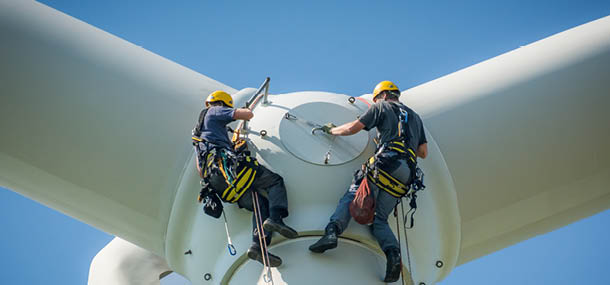
AME anticipates surpassing 2TW of global installed wind capacity by 2030, but growth lags behind the levels needed for a 1.5C pathway.
Wind
energy will play a major role in achieving net-zero goals. IRENA envisions
3.04TW onshore and 0.494TW offshore wind by 2030, totalling 3.5TW. The IEA's net
zero by 2050 scenario calls for 2.75TW of wind installations by 2030. To meet
1.5C targets, annual global wind installations must increase from 110GW to
3-3.5 times that by the decade's end.
The
wind industry has become volatile, weighed down from failed auctions, raw
material price hikes, and varying policy signals. These challenges have resulted
in project delays and cancellations, impacting both buyers and sellers. Post-pandemic,
supply chain inflation has raised capital costs, affecting previously secured
projects. Rising interest rates has tightened global lending, exacerbating financing
challenges.
Varying
policy signals have hindered wind supply chain adjustments, causing
overcapacity. Western companies, facing underinvestment, are struggling to
scale up for the net-zero pipeline. In China, despite sufficient investment,
industry consolidation stalls due to political and industrial interests, has
impacted wind players differently.